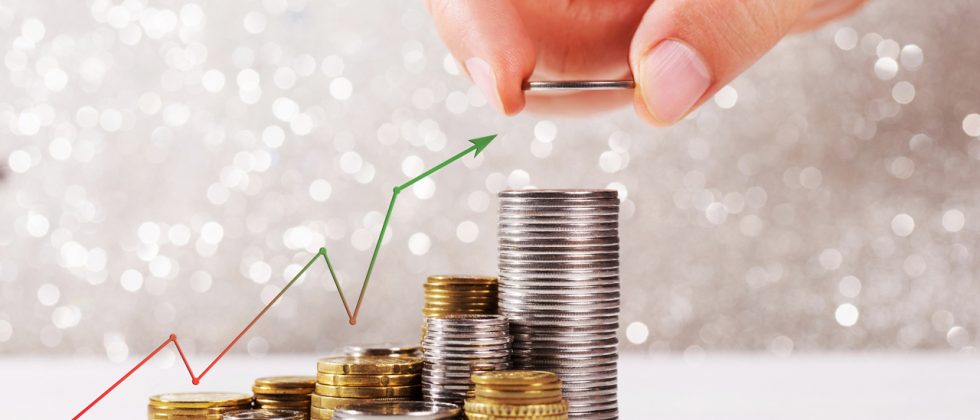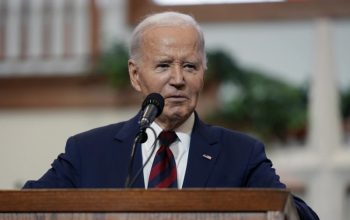news
“An Alarming Inflation Period”, an article by Dr. Leonel Fernández
November 24, 2021
In the midst of the pandemic, in 2020, one of the principal concerns faced by economists was the growth of inflation.
The prices of raw materials, or commodities, had dropped drastically. However, something unheard of occurred with the price of oil. The price of a barrel of oil had dropped below US$34, which literally meant that the product was being given away but no one wanted it.
With the recovery of the global economy, beginning from the last quarter of 2020 until today, what has occurred, however, is the complete opposite: an alarming inflation rate.
There is not one single factor that can explain this new and unexpected phenomenon. Obviously, the necessary expansion of public spending, through the monetary issuance by the central banks, has been a substantial element.
And, in addition, one would have to consider the increase in the needs demanded by China; the increase in internal consumption, both in the advanced economies as in the emerging ones; the interruption in the global value networks; the increase in shipping costs and maritime insurance, as well as in the delay in the distribution of merchandise, provoked either by the lack of trucks and drivers to deliver by land.
Additionally, of course, one would have to add financial speculation on future commodity contracts, which has already started, very similar to what occurred in 2008.
Proof of this trend is the recent request made by President Joe Biden to the Federal Trade Commission to investigate if the gas and petroleum companies are involved in illicit activities in the financial markets. According to the U.S. president, they are “generating significant benefits due to the high prices in the energy sector.”
Two Schools of Thought
With the economic recovery, certain products began to show price increases. The U.S. Federal Reserve began to argue that there were no reasons for concern since it was an isolated and transitory phenomenon.
However, price hikes began to expand to a greater number of products, including those related to the energy, transportation, food and housing sectors. And inflation, rather than subside, remained as time went on.
With the economy beginning to bounce back, the unemployment index shrunk. But, at the same time, salaries began to rise. The result was that the demand in goods and services skyrocketed.
When this increase in demand jumped, simultaneously with a bottleneck in the supply chain, the prices of goods began to rise once again, initiating a vicious circle that economics identified as a “spiral of prices and salaries.”
Now, with the current October data on the economic situation, analysts determined that Japan, China and Germany are going through their worst inflation period in a decade and that, in the case of the United States, the situation is even more worrisome, because prices reflected currently are the highest they have been in thirty years.
All this information has led top economists such as Larry Summers, former president of Harvard University, former Treasury Secretary during the Clinton Administration and economic advisor to President Barack Obama, that “inflation will get worse before it gets better.”
This spiraling and worrisome scenario should lead the U.S. Federal Reserve to consider, as a top priority, working on putting a stop to inflation or work to stabilize prices, which is the same.
According to Larry Summers, if this goal is not met the U.S. economy could enter into a grave recession, which would once again contribute to an increase in unemployment and impact the well-being of the poor and the middle class.
What to do?
Currently the overall perception, which is beginning to dominate in all markets, is that the inflation period will not be as short as previously expected, but that it will progress as time goes on.
As a consequence of this situation, the purchase of stocks in the market has begun to drop and the investment funds are beginning to look at future gold contracts, which in turn has elevated the price of gold to 1,866 troy ounce; and to the purchase of U.S. Treasury bonds with short-term returns.
What to do?
This scenario leads to the theory that in order to change the perception of investments and effectively contain the inflation hemorrhage, the Federal Reserve and the U.S. government will have to carry out certain adjustments.
Some of these adjustments would contribute to the drop in asset purchases from the Federal Reserve to the Department of the Treasury, which currently represents some US$120 billion per month.
This would contribute to the reduction in the amount of money currently circulating and, therefore, lead to a drop in the demand. This should lead to a drop in prices.
But, it would be in the hands of the U.S. government to lower tariffs, thereby contributing to a drop in the price of imported articles.
Finally, of course, there is the expected move that the Federal Reserve will raise interest rates, which until now have remained at zero percent. By raising the rates, the value of money would rise, dropping, by default, its circulation.
In the end, there are measures that the authorities may introduce to control the inflationary spiral and guarantee price stability.
However, with the idea in mind of raising interest rates, the problem is that if these changes occur when the economy has not reached its full recovery, you are taking the risk of stalling growth and even contributing to the contraction of the economy.
In the United States, as anywhere else, inflation has devastating political consequences. The governments that do not control inflation generally wind up in the middle of the burning fires of public opinion and the rejection of voters.
History has taught us this lesson, and there are no reasons to doubt its projections for the future.





